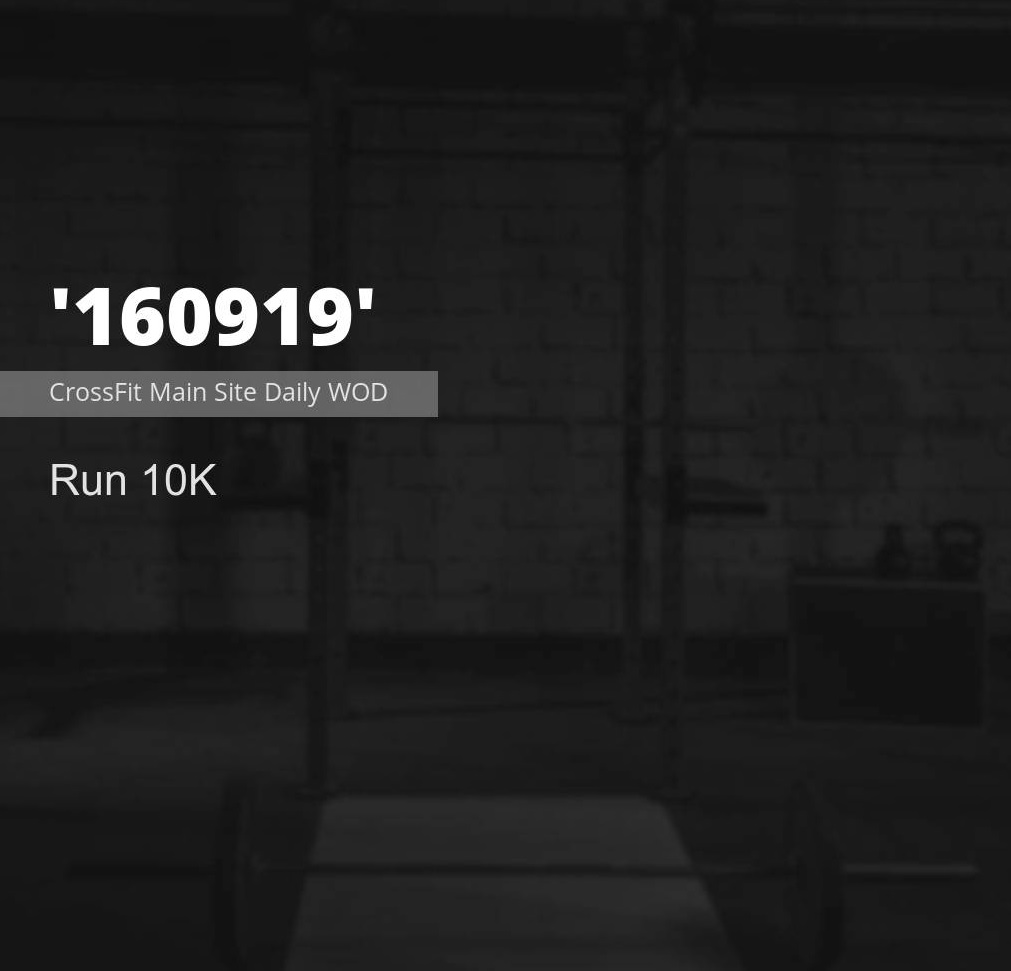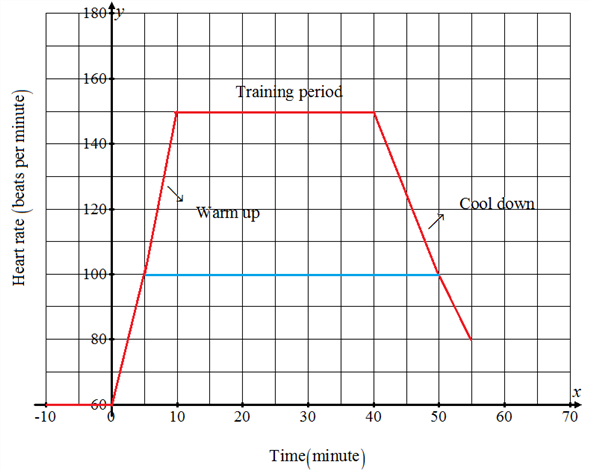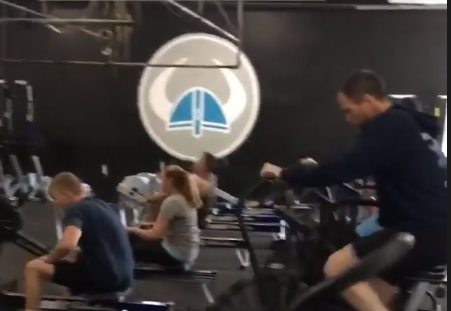Don’t Skimp on Cardio
by Erik Castiglione
Base training, Low Intensity Steady State (LISS), long slow cardio, cardio, whatever you want to call it, CrossFitters hate it. Many people join CrossFit because they prefer the shorter, high intensity metcons. In fact, before the rise of CrossFit affiliates when only the “Mainsite” (crossfit.com) workouts of the day existed, the 10k run was the most cherry-picked day of all workouts. The 5k was a close second. The efficacy of high intensity workouts is well documented – they’re great for boosting your resting metabolic rate, burning fat, and improving what’s known in the CrossFit world as your “motor.” Unfortunately, if we ONLY do high intensity work, we burn ourselves out and hit a point where our recovery suffers.
Low intensity cardio, particularly jogging, have been demonized in the strength world for the last several years, and it’s a shame. Steady-state cardio confers many important benefits on us and is an important and often overlooked piece of a complete training program. We program these types of workouts several times a month, and like in the days of the Mainsite, they’re often cherry-picked. Rowing for 30 minutes at a conversational pace is boring. If you enjoy running, maintaining a conversational pace for 30 minutes can also be boring, unless you happen to enjoy the scenery. To try to break up the monotony somewhat, we come up with creative ways to get you to move for 30-40 minutes at an easy pace. This past Thursday’s workout is a great example – five rounds of 6 different movements, where you work on each for 50 seconds out of each minute and then transition to the next. Even this can be boring for some people, and instead of maintaining a conversational pace, they push hard for each work interval and then rest for 10 seconds. Again, the “high intensity” mindset comes into play and prevents these athletes from getting the intended benefit of the workout.
So, what are the benefits of steady-state cardio? We’ve already established that high intensity is good for burning fat and building a motor, so why do we bother with steady-state cardio at all? Besides the burnout associated with only high intensity workouts that we already mentioned, steady-state cardio can DRIVE recovery. It’s not just a break from the high intensity work, the actual act of moving for 30+ minutes with a heartrate between 130 and 150 bpm allows our circulatory and lymphatic systems to drive fresh blood and nutrients to our sore muscles, while flushing out cellular waste products. So, steady-state cardio is good for recovering FROM exercise.
It’s also good for boosting recovery DURING exercise. We’ve covered the interplay between energy systems in a different blog post, but the long and short of it is that the more efficient our aerobic system is (the one that uses oxygen), the more quickly we can replenish our anaerobic systems. Doing a workout with intervals/planned rest? Your heartrate will slow more quickly, and you’ll get your breath back faster. Taking a quick break during a long set or movement with heavy reps? Same deal. A better aerobic base can help you improve your motor.
Physiologically speaking, steady-state cardio causes what we call cardiovascular hypertrophy. This means that it causes the cardiac fibers in your left ventricle (the part of the heart that pumps blood to the body) to stretch, which in turn increases the volume of blood that it can hold. Thus, your body can pump more oxygenated blood to your extremities. Additionally, it helps develop the peripheral vascular network, improving your body’s overall ability to deliver oxygen to your muscles. The minimum effective dose for this adaptation is 30 minutes, and again, with a heartrate between 130-150 bpm. Going above that causes us to shift out of the aerobic energy system, which is more in the high intensity world.
Finally, steady-state cardio is a great way to determine how efficient you are with a given movement. Rowing, running, burpees, jumping rope, biking – these are all cyclical movements. Every stroke, every cycle, every step – each can be thought of as a repetition. You are performing hundreds of them every time these modalities show up in a WOD (well, maybe/hopefully not burpees). As with technical movements like the Olympic lifts, the more efficient we are, the easier the movement. Monitoring our heart rate is a good way to gauge this. As we fatigue, form tends to break down. If you’re jogging at a steady pace with a steady heart rate, and after 20 minutes or so you start breathing much harder and your heart rate spikes, chances are that you lost proper posture and your mechanics are starting to get out of whack. The same applies for any cyclical movement. If every stroke on a long row is identical, your power output will be the same. As you fatigue, you might lose tension during the pull, or lean back too far, or speed up your stroke rate, and you’ll see the same effect – increased heart rate and breathing for less return. So, during these long, slow workouts, we can analyze our technique, work to improve it, and work to sustain it over time. Then, when we get back to our high intensity metcons, bouts of cyclical work can serve as rest periods, where we can regain our breathing and slow our heart rates. This only works if we remain efficient.
So now that you understand the benefits of it, don’t skimp on the steady-state cardio. Stop cherry-picking those days, avoid the temptation to turn it into a high intensity workout, and you’ll feel better after. And I mean that is in immediately after the workout, and long-term. See you in the gym.



